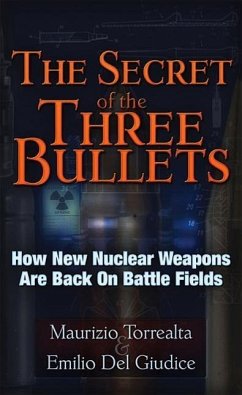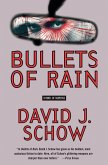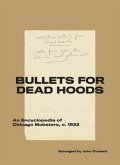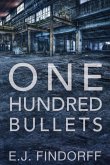Four journalists found themselves traveling around the world with the aim of finding answers to some questions: Why was valid research into room-temperature fusion deliberately ignored? Why was enriched uranium found in a crater caused by a bomb in Khiam, Southern Lebanon? Why do depleted uranium bullets produce a temperature of 4000°C? Why are there traces of other radioactive elements in those bullets? How do the new bombs dropped on Gaza work, bombs that are able to amputate people's legs while leaving no trace of metal fragments? The answers to these questions are linked to one another by a secret that has been kept hidden for more than 20 years: a discovery of a process in physics that has enabled the production of nuclear bombs the size of a bullet. Based on facts, The Secret of the Three Bullets is a scientific spy story that tells in fiction the reality behind cold fusion and its use on the battlefield today.
Bitte wählen Sie Ihr Anliegen aus.
Rechnungen
Retourenschein anfordern
Bestellstatus
Storno








